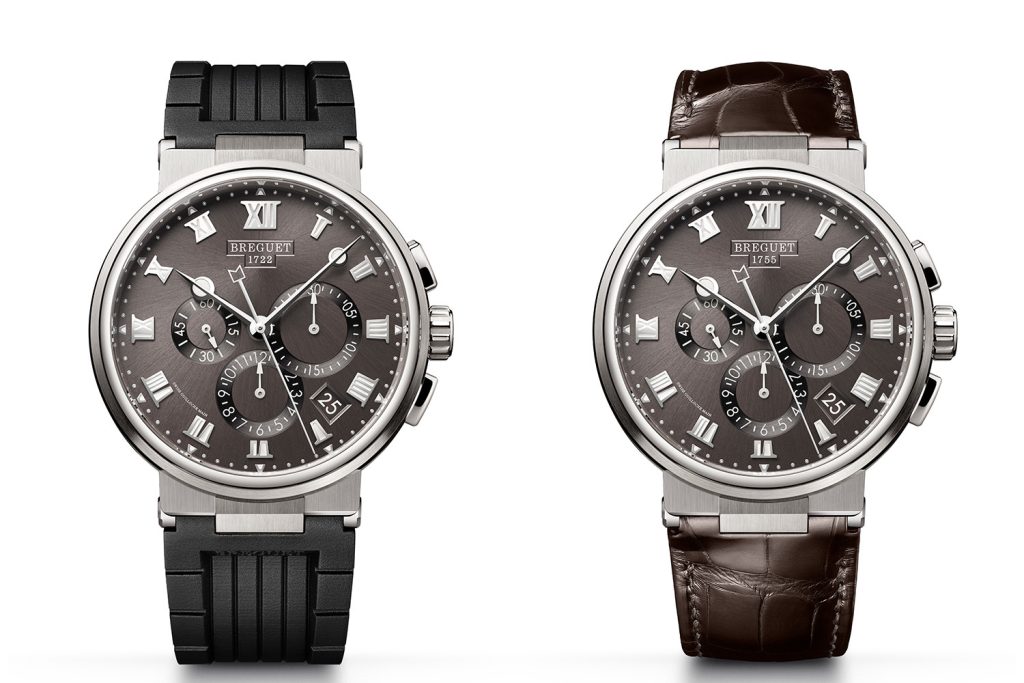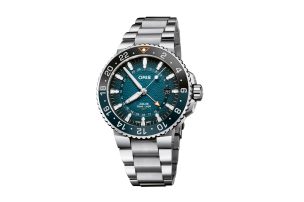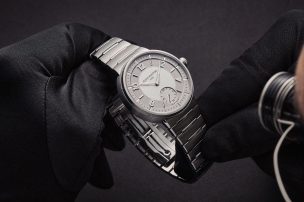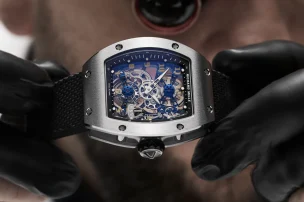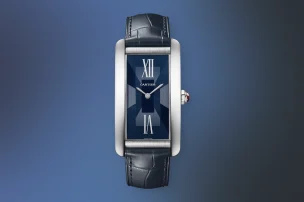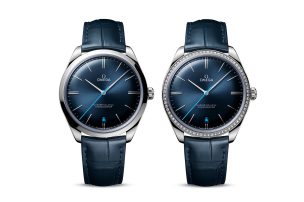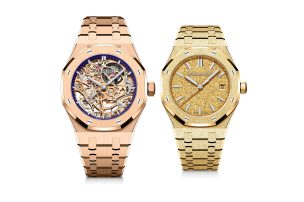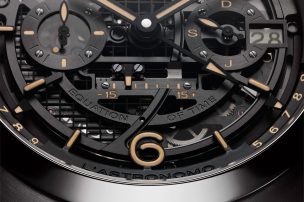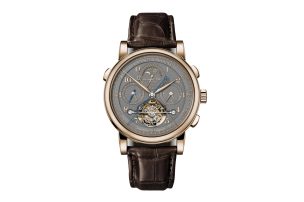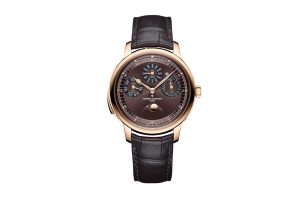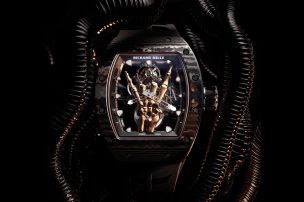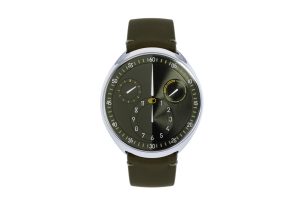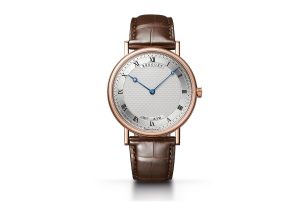
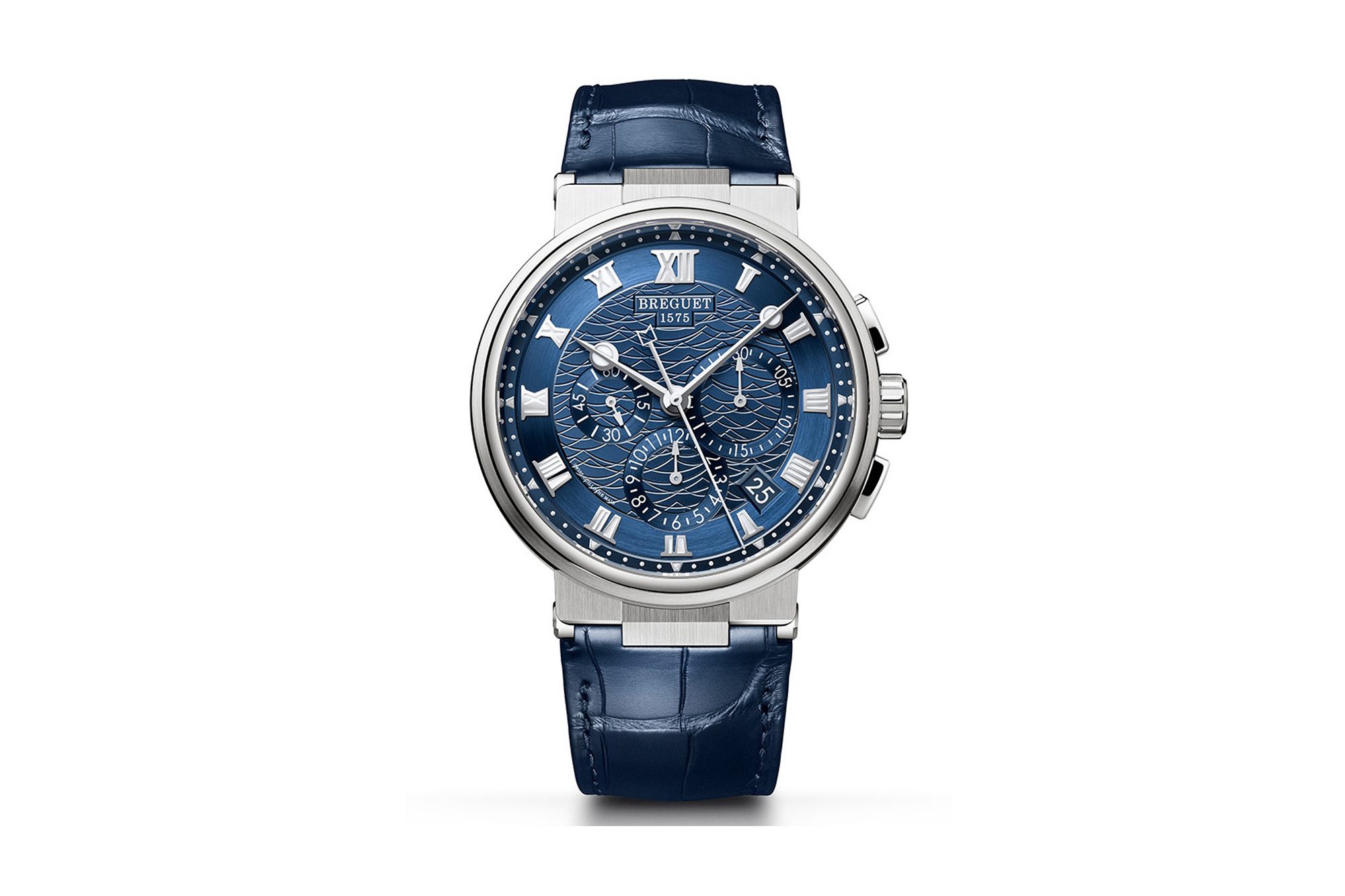
BASELWORLD 2018: Breguet Marine Chronographe 5527
Abraham-Louis Breguet was the brain behind many inventions in the watchmaking world. In addition to the tourbillon and the pare-chute shock protection device, he also is the origin of the idea of the split-seconds chronograph, a complication that will soon be celebrating two centuries of existence. Before 1810 he produced certain timepieces equipped with a seconds hand that could be started and stopped on demand. But from 1820 onwards A.- L. Breguet subsequently created an ingenious inking chronograph with his student Fatton and further developed a “chronomètre à doubles secondes, dit d’observation”, the ancestor of all split-seconds chronographs. Breguet’s work inspired the entire watchmaking profession in all fields, and notably that of chronographs.
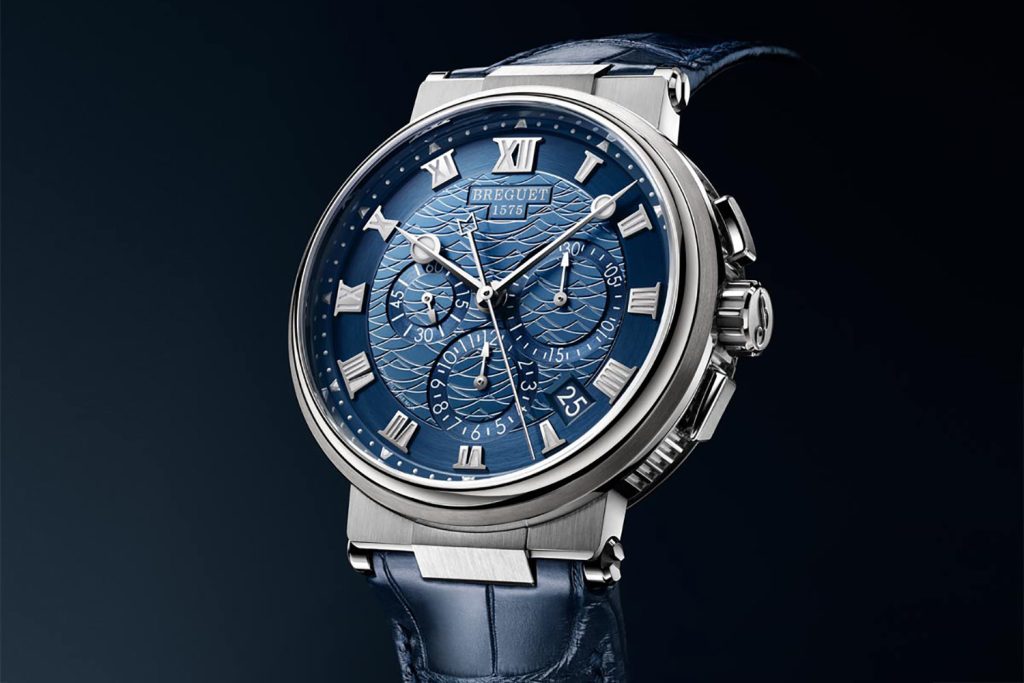
Breguet Marine Chronographe 5527 in white gold with a blue-coloured gold dial
The 42.3 mm timepiece is endowed with the graphic codes of the new-generation Marine models presented last year. The measurement of the time occurs through a central chronograph hand, distinguished by a subtle maritime detail and completed by two distinct subdials at 3 o’clock for the minutes and at 6 o’clock for the hours. The small seconds is indicated at 9 o’clock. A date indication between 4 and 5 o’clock sets the final touch to this sporty-looking creation.
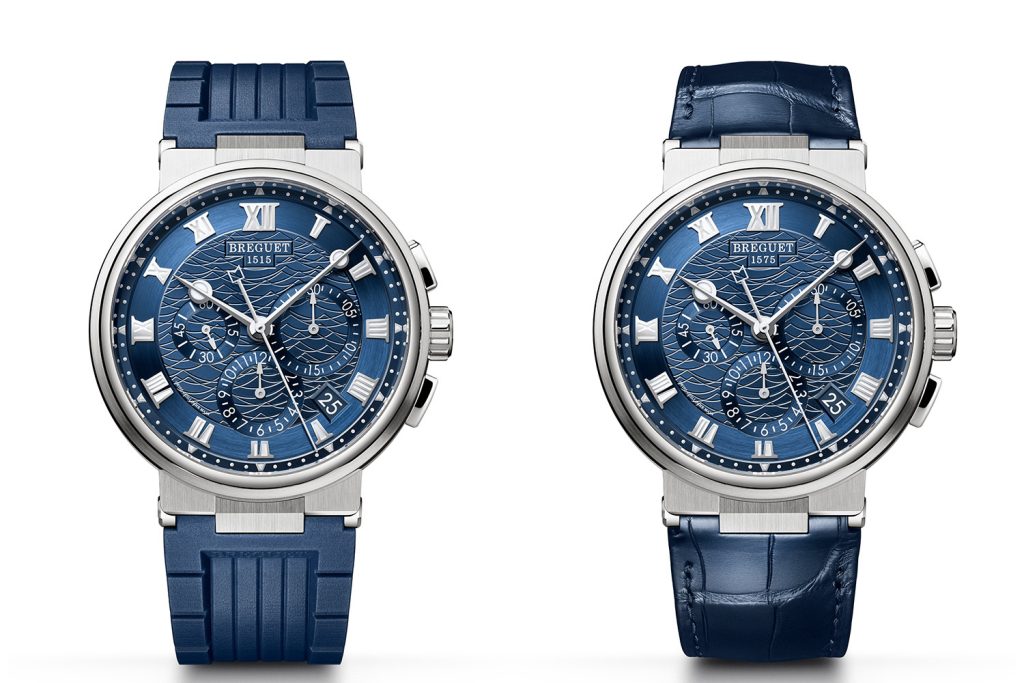
Breguet Marine Chronographe 5527 in white gold with a blue-coloured gold dial and a rubber (5527BB/Y2/5WV) or leather strap (5527BB/Y2/9WV)
Keen to offer a broad palette for watch fans, Breguet is interpreting this new model in several versions. The first combines a white gold case with a blue dial in gold, on which the wave-motif engine-turned pattern echoes the collection’s origins.
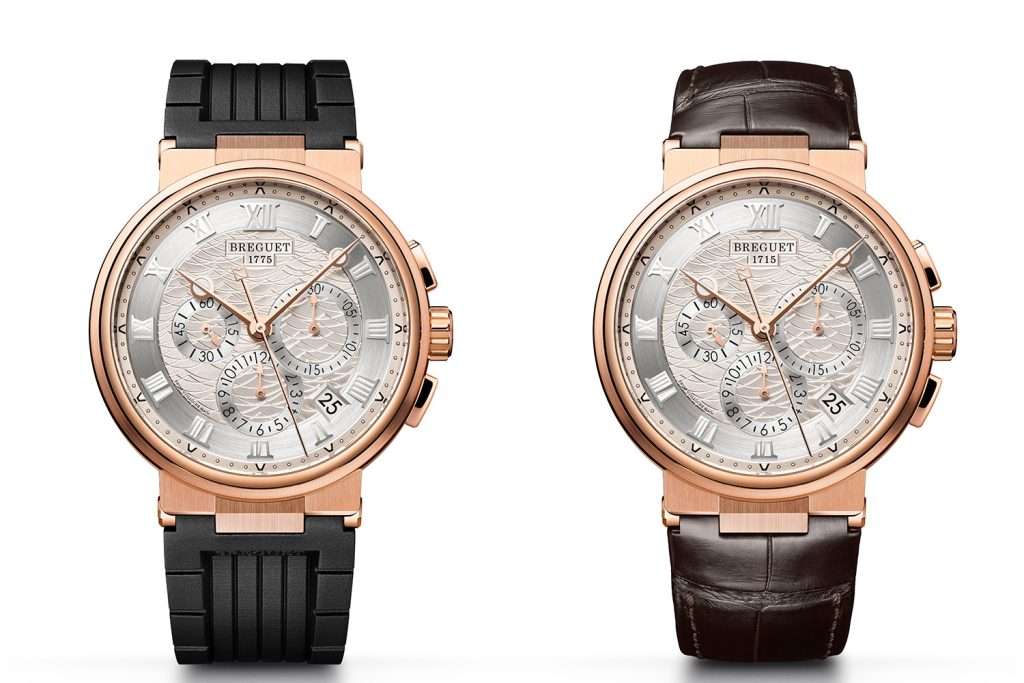
A variation in rose gold is also available with a silvered gold dial. Breguet also offers its Marine Chronograph 5527 in titanium, a novelty for the collection. The manufacture also offers the wearer the choice of opting for a leather or rubber strap.
